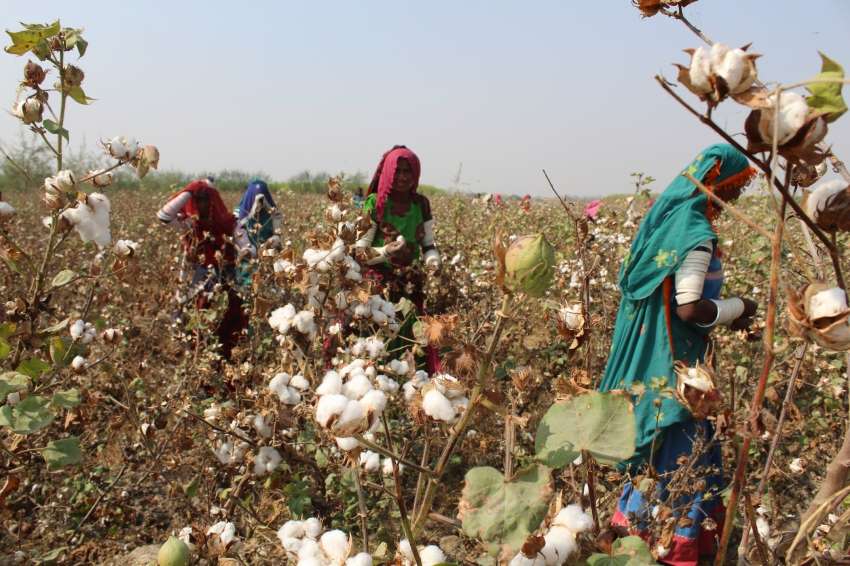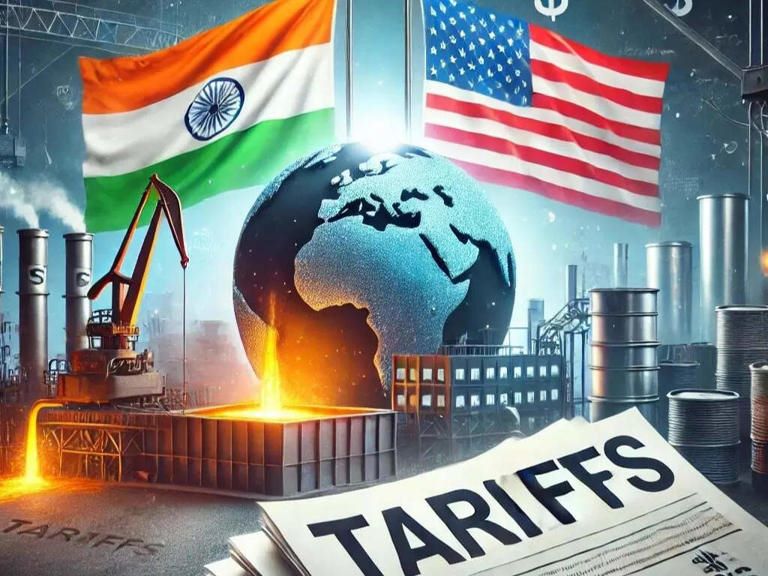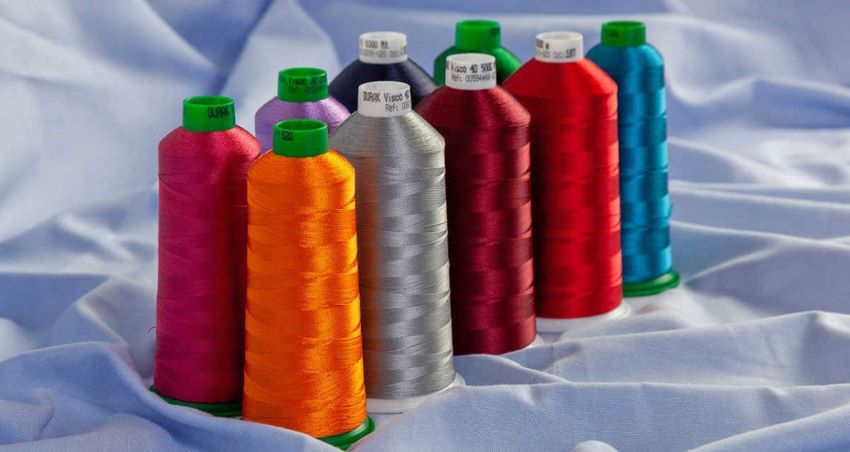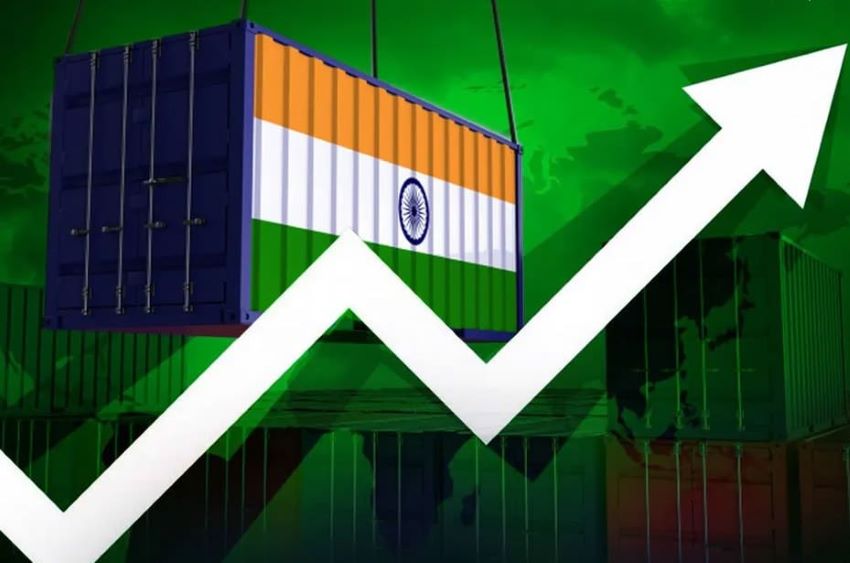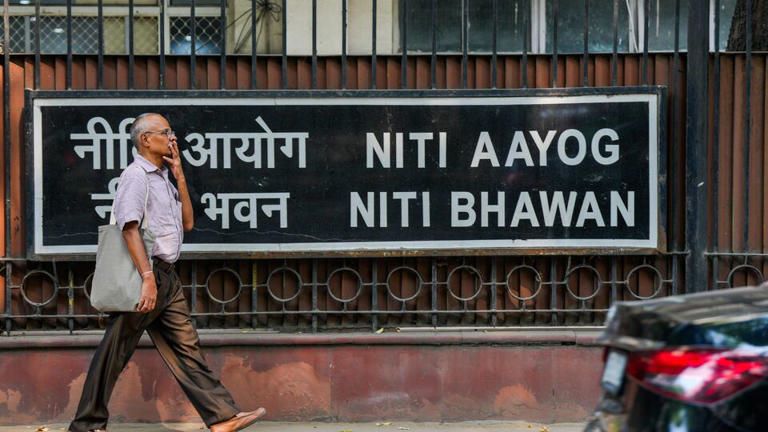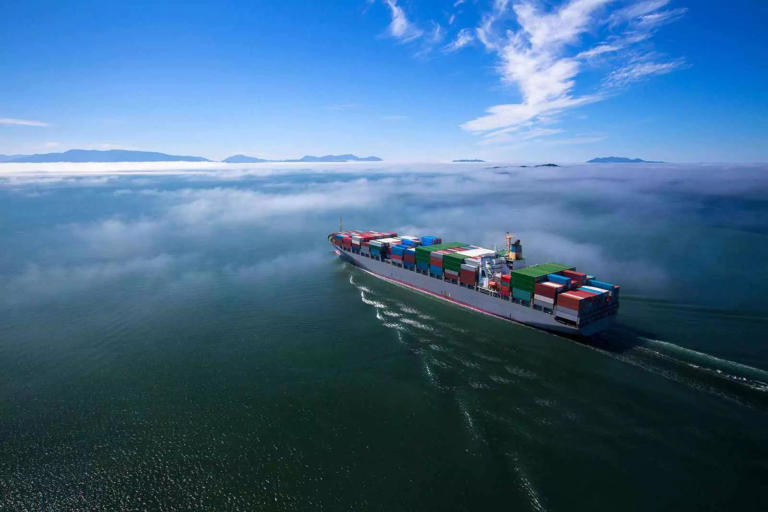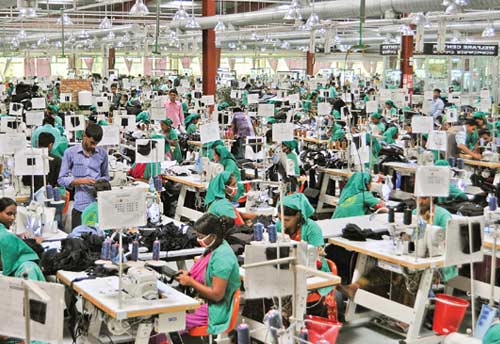
The Tirupur garment industry is caught in a strange predicament. On one hand, the multi-billion dollar industry has survived another COVID wave without lockdowns or large-scale migration of workers. On the other, it is facing raw material and infrastructural issues. In 2020-21, Tirupur exported garments worth Rs 24,700 crore. This year, it plans to step up exports to Rs 33,000 crore, says Raja Shanmugam, President, Tirupur Exporters Association (TEA).
In 2021, increased vaccinations, lifting of lockdowns and an anti-China outlook, helped India boost apparel exports. Rise in demand for casualwear due to the shift to ‘work from home’ mode also gave a boost to garment exports during the year. The third pandemic wave also offered certain advantages to garment exporters from India. They received several inquiries from overseas buyers that are likely to soon turn into orders.
Apparel makers’ profits to drop to single digits
Yet, domestic players and small and medium units are likely to face challenges as yarn prices and inputs costs may rise. T R Sivaram, Managing Director, Classic Polo says, apparel prices may spike around 40 per cent. This may result in a decline in profit margins of certain companies to single digits from double-digits. This may prove highly unsustainable for the industry, adds Sivaram. He adds, consumption in the domestic market has stagnated as buyers are scaling down purchases. They are no longer buying lounge wear, he adds. Rise in Omicron cases has also impacted store walk-ins while increased marked retail prices have affected sales.
Apparel volume fails to match value growth
The volume of Tirupur’s garment exports has not grown in proportion to their value, says MP Muthurathinam, President, Tirupur Exporters and Manufacturers Association (TEAMA). Export turnover has increased due to a rise in product prices, especially for medium and players, he adds. The Union government has failed to support the industry, adds Muthurathinam. He urges the government to study the China market that has captured 40 per cent of the overseas market with the support of its government.
Despite abundant supply of cotton, manpower and manmade fibers, India lags in global apparel market share. The country holds only 4 per cent share in the global apparel market as against 13 per cent held by Bangladesh and 12 per cent held by Vietnam. This is attributed to lack of government support to the industry, Mutharathinam affirms.
Rising prices threaten to derail growth
In China and Bangladesh, a single industrialist owns all verticals such as yarn making, knitting, dyeing and tailoring units. However, in Tirupur, profit margin of each player is fixed during sale to the next vertical. This increases the final price of the product, adds Muthurathinam. Raw material price hike is the single most dangerous threat facing the Indian garment industry, says Sivaram. Exporters are battling this fourth wave of the pandemic without any remedy in sight, he adds.


